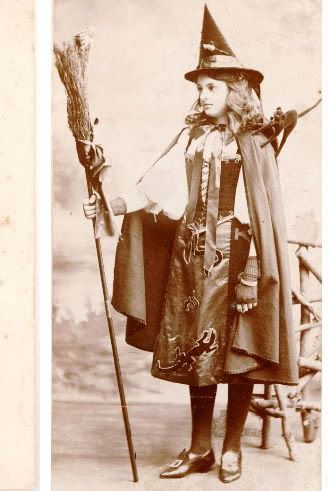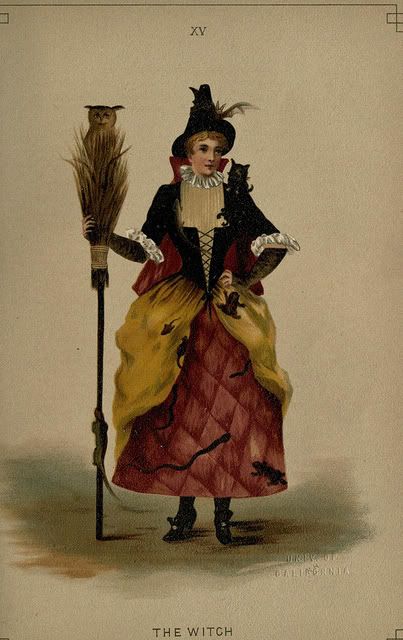
Here's one of my favorite spooky legends, with more information from
Snopes.com:Bloody Mary, Bloody Mary, Bloody Mary!
Legend: Chanting "Bloody Mary!" three times in front of a candlelit mirror will summon a vengeful spirit.
Origins: The research into Bloody Mary goes Come to me . . . back to 1978, when folklorist Janet Langlois published her essay on the legend. Belief in summoning the mirror-witch was even at that time widespread throughout the U.S.
Mary is summoned whenever squealing girls get together for a sleepover, but boys have been known to call on her too. (The 'Bloody Mary' legend was common when I was a kid in the early 1970s. We typically performed the "ritual" in bathrooms, because the bathrooms of our suburban homes had large mirrors and were easily darkened even during the day since they had no windows. A familiar 'Bloody Mary' story was one about a girl who supposedly ended her incantation with a spiteful "I don't believe in Mary Worth," then tripped over the doorjamb while exiting the bathroom and broke her
hip.)
Mary is said to be a witch who was executed a hundred years ago for plying the black arts, or a woman of more modern times who died in a local car accident in which her face was hideously mutilated.
It's possible these "mirror witch" games have their roots in oldtime divining rituals involving unmarried girls and future husbands. There are a number of variations of these divinations, some involving chanting a rhyme in a darkened room on a special night and then quickly looking in the mirror to catch a glimpse of the bridegroom-to-be.
The concept of mirrors as portals between this world and the realm of spirits shows up in other beliefs, namely those surrounding funerals. It was common practice to cover mirrors in a house where a death had occurred until the body was taken for burial. (Back in the days before funeral homes, corpses were washed by the deceased's relatives, dressed in their funeral finery, and laid out in coffins in the front parlor. Consequently, the dead would be in the house for days.) It was believed if the dear departed caught a glimpse of himself in a mirror, his ghost would remain in the house because the mirror would trap his spirit.






















